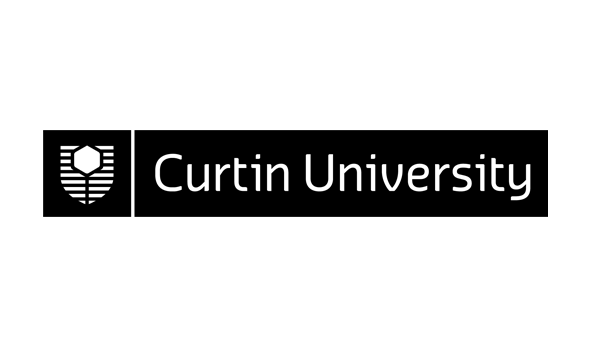305410 (v.1) Nanochemistry 302
Area: |
Department of Applied Chemistry | ||||||||||||||||||||||||
Credits: |
25.0 | ||||||||||||||||||||||||
Contact Hours: |
6.0 | ||||||||||||||||||||||||
| ** The tuition pattern below provides details of the types of classes and their duration. This is to be used as a guide only. For more precise information please check your unit outline. ** | |||||||||||||||||||||||||
Lecture: |
2 x 1 Hours Weekly | ||||||||||||||||||||||||
Laboratory: |
4 x 1 Hours Weekly | ||||||||||||||||||||||||
Anti Requisite(s): |
7754 (v.4) Physical Chemistry 302 7757 (v.3) Organic Chemistry 302 |
||||||||||||||||||||||||
Prerequisite(s): |
8025 (v.4) Physical Chemistry 201 or any previous version AND 8026 (v.4) Physical Chemistry 202 or any previous version AND 8029 (v.3) Inorganic Chemistry 201 or any previous version AND 8030 (v.4) Inorganic Chemistry 202 or any previous version |
||||||||||||||||||||||||
Syllabus: |
Theory and practice of molecular modelling. Interatomic potentials and ab initio methods. Applications to simulating nanoscale processes. Supramolecular chemistry and self-assembly of nanoscale structures including molecular machines. Selective receptorsas the basis of molecular sensors. Scanning probe microscopy, visualisation and characterisation of materials on the nanoscale using both atomic force and scanning tunnelling microscopy. Generation of surface features using scanning probe microscopy. | ||||||||||||||||||||||||
| ** To ensure that the most up-to-date information about unit references, texts and outcomes appears, they will be provided in your unit outline prior to commencement. ** | |||||||||||||||||||||||||
Field of Education: | 010500 Chemical Sciences (Narrow Grouping) | ||||||||||||||||||||||||
Funding Cluster: | 08 - Engineering, Science, Surveying | ||||||||||||||||||||||||
SOLT (Online) Definitions*: | Not Online *Extent to which this unit or thesis utilises online information | ||||||||||||||||||||||||
Result Type: | Grade/Mark | ||||||||||||||||||||||||
Availability |
|||||||||||||||||||||||||
|
|||||||||||||||||||||||||

